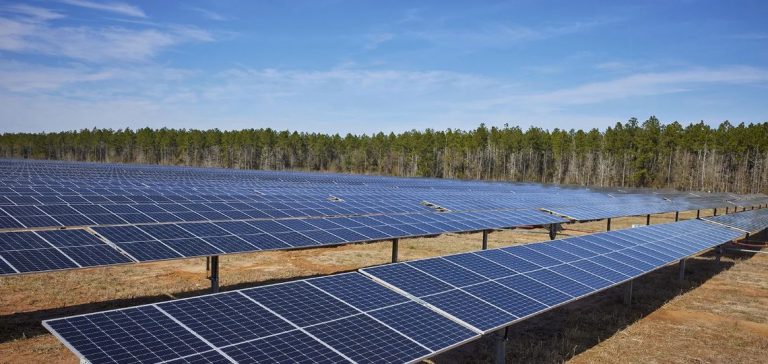Zelestra, a Spanish company specializing in renewable energy, has inaugurated its first solar park in Colombia, further consolidating its presence in Latin America. The $200 million investment in the La Unión solar park, located in Cordoba, aims to generate 144 MW of electricity. This project is part of a regional expansion plan aimed at diversifying Colombia’s energy sources while addressing the country’s energy transition requirements. The facility supplies electricity to approximately 130,000 households, supporting the government’s decarbonation goals.
Zelestra’s strategy in Latin America also includes projects in Cesar, Colombia, with a second 108 MW solar park planned, as well as similar expansions in Chile and Peru. The company aims to develop a total portfolio of 1.5 gigawatts (GW) in Colombia, 1 GW in Peru, and 3 GW in Chile. These investments are intended to strengthen its position as a leading renewable energy producer in the region, catering to the growing demand for clean electricity in these key markets.
Energy Context in Colombia
Colombia already stands out for its energy matrix, which is heavily based on renewables. According to Acolgen, more than two-thirds of the country’s electricity comes from renewable sources, primarily hydropower. However, recent droughts have highlighted the vulnerability of this dependence. The government is therefore looking to diversify its sources with solar and wind projects to mitigate these climate risks and stabilize its energy supply.
President Gustavo Petro’s administration has set a target of adding 6 GW of renewable capacity by 2026, with tax incentives to attract foreign investors like Zelestra. This favorable political environment and local initiatives are transforming Colombia into a regional hub for renewables, despite the challenges posed by administrative complexities and land rights.
Economic and Social Impacts of the Project
Beyond energy production, the La Unión solar park also represents a local development opportunity. The project created 1,276 jobs during its construction phase, nearly half of which were allocated to local residents. The construction phase also included 170 women, reinforcing Zelestra’s commitment to greater social inclusion. Such initiatives are aligned with the Colombian government’s goal of promoting sustainable development beyond pure production objectives.
The project also contributes to reducing CO₂ emissions. It is estimated that the park will avoid 168,000 tons of CO₂ emissions annually, equivalent to planting 16.8 million trees. These results, although significant, are part of a broader strategy to support the decarbonation of the Colombian economy and improve the country’s climate resilience.
Outlook for the Latin American Energy Sector
Zelestra’s development reflects a broader trend in Latin America, where the demand for more diversified and sustainable energy sources is rapidly increasing. Chile and Peru, where Zelestra is already present, have set similar national solar and wind production goals. The entire region represents an attractive market for renewable energy companies, supported by increasingly favorable regulatory regimes and abundant natural resources.
However, the context remains competitive, with other international players seeking to position themselves in these high-growth markets. For Zelestra, the key lies in optimizing production costs while maintaining a high level of local integration, which is essential to secure its expansion and strengthen its partnerships with regional governments.






















